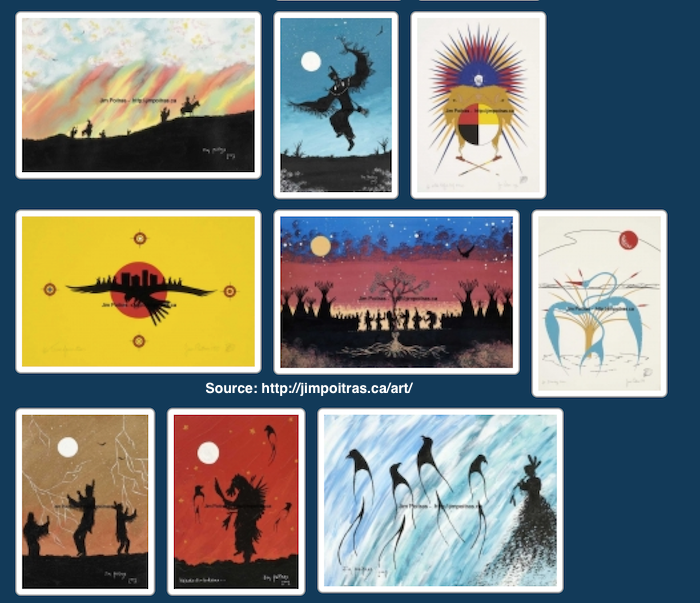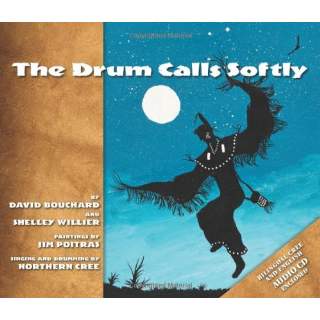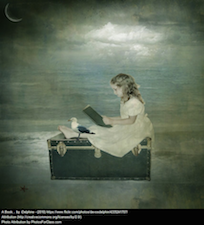4.11 The Drum Calls Softly
| Site: | Cowichan Valley School District - Moodle |
| Course: | ELA5, CSS, Sferrazza |
| Book: | 4.11 The Drum Calls Softly |
| Printed by: | Guest user |
| Date: | Monday, 29 December 2025, 5:50 PM |
Learning Targets
By the end of this lesson, you should be able to say YES to the following questions.
- Can I understand how exploring text helps us understand ourselves and make connections to others and to the world?
- Can I use comprehension strategies (activiting prior knowledge, setting a purpose) to construct meaning from text?
- Can I recognize the role of language in personal, social, and cultural identity?

Comprehension Strategy: Activating Prior Knowledge
Good readers activate prior knowledge before reading.
What does this mean? Good readers constantly try to make sense out of what they read by seeing how it fits with what they already know. If you "activate" what you already know BEFORE reading about a topic or situation, it is easier to understand the text!
Let's activate your prior knowledge now! What do you know about First Nations peoples in Canada? What was their culture like before explorers and immigrants came from around the world, the time "before contact"?

Go to your Learning Guide response #1 and brainstorm six facts you know about the traditional way of life for First Nations people in Canada. What did they eat? What kind of shelter did they have? How did they celebrate? What was important to them?

About The Author
The first poem in this lesson is actually a book written by two authors and illustrated by a famous artist. It is a book called, The Drum Calls Softly. Instead of reading it, you will watch and listen.
In this poem, you will hear about First Nation’s peoples’ relationship to land, known as Mother Earth, and see/hear how people gather and celebrate. Dancing and drumming are important traditions.
On March 23, 2010, this Canadian picture book for The Drum Calls Softly won a Canadian award and an award at a fair for children's books from around the world (the Bologna Children’s Book Fair). If you know the background of the authors and illustrator, you may understand why it is an important book for them to write.
Shelley Williers (author)
- a Cree poet (Cree is a large First Nation group traditionally from Ontario, Manitoba, Saskatchewan, Alberta and the Northwest Territories)
David Bouchard (author)
- a French Canadian Métis. (Metis means someone with First Nations and European ancestors)
- a famous writer and poet
- former school principal
- musician
- one-time candidate for Parliament
About the Illustrator
Jim Poirat (Illustrator)
- born in Moose Jaw, Saskatchewan
- an international award winning artist, performer, storyteller, and poet
- Jim's work can be found in several museums and galleries in Canada, as well as in the United States and Europe
Jim has a purpose for his work. Jim has spent over 25 years sharing First Nations culture. Setting a purpose for his work is important:
-
- Jim likes to share traditional First Nations culture.
- Jim shares how badly the residential school system damaged First Nations people and culture. (More on this will come later in the next lesson.)

Setting a Purpose
 Good readers know why they are reading or listening to a poem or story. They have set a purpose.
Good readers know why they are reading or listening to a poem or story. They have set a purpose.
When you listen to the first poem today, The Drum Calls Softly, think about the following:
- How does the poem help to share and remember traditional First Nations culture?
- What activities, events, and items that are important to First Nations culture are mentioned in the poem?
You will answer these in your Learning Guide after you listen to the poem so you may want to jot down notes.
The Drum Calls Softly
Go To Your Learning Guide
 Go to your Learning Guide to answer questions #2 - #4 about the story. You can listen to the story again to look and listen for details.
Go to your Learning Guide to answer questions #2 - #4 about the story. You can listen to the story again to look and listen for details.
Reminder
Read some poems independently. Then, add to your poetry reading journal to show your independent reading reflections. If possible, ask your home facilitator if he or she has any favourite poems to recommend.
